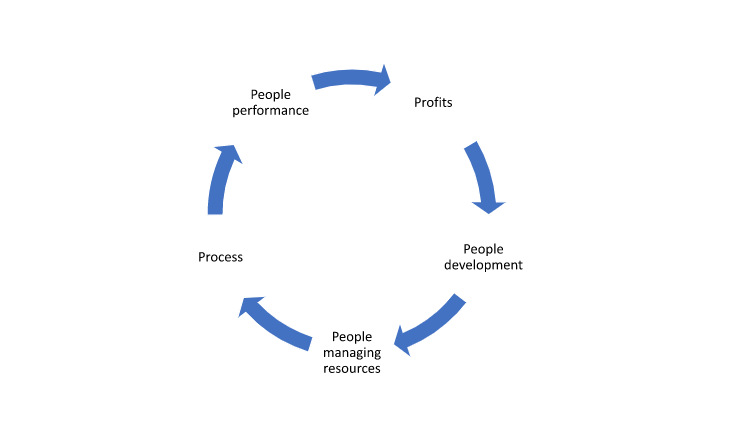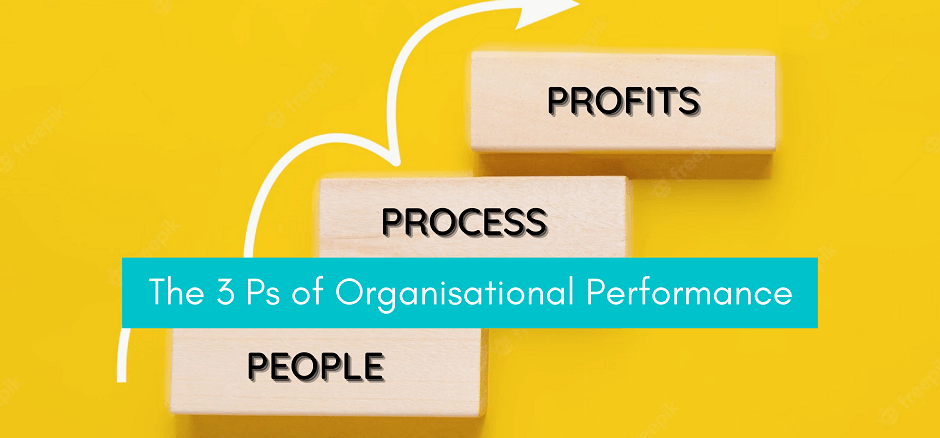An Ode to my Critics – The inputs (work) of the people towards the output (profit) for the organisation, is an achievement through a methodology called Process. People and Process finally define Profits which reflect in the P&L. And in between lies the use of various ingredients such as skill, domain knowledge and other resources. This interplay may vary in degree by industry type, but the core remains the same in any business organisation.
Yes, we do know them all, there is no rocket science to this. Just a balanced interplay of sensitivities, skills and desired outcomes. I am talking of People, Process and Profit & Loss statements.
After a decent career for the last few years of managing ‘profit and loss’ roles through business conceptualisation, business creation and business process re-engineering, I was given feedback from an interviewer that I manage processes very well but do not understand a P&L. I have heard many more such feedback given to a few other friends and thus this article. I was tickled into sharing this understanding of the 3 Ps, notwithstanding the negation of the candidature as there could be other reasons as well – gender and age too😊!

Also Read: Mental Health And Focus
The 3 Ps is an amalgamation of on-job training, learning through mistakes and of course guidance from various stakeholders – bosses, peers, juniors and professional outsiders. After all, what is a P&L? Yes, many would know the definition and the formulae and the layout and the mathematics (we all learn this in business school). However, in the creation of a P&L on the ground, how do we make the mathematics work, the mathematics of who does what part of the work and who ensures this gets done?
While business schools teach us what a P&L is, it is an ongoing on-the-job training that teaches us how to create profits that impress, profits that sustain, month after month, year after year. And the biggest learning that comes from all of these is that it is the people that make it happen, and not a grand strategy on paper.
People are complex beings – yes all of us! Each one comes with a different perspective, different background, and different learning. And each also has a different take away from the very same session each would have attended. The stitch-up together of each of these perspectives to make it all work towards the profitability of the organisation is what is the key role of a P&L manager. Who does it is equally important as what is to be done as it reflects on how it is finally done! A tongue twister but for a more interesting mind twister!!

Strategy creation is an outcome of the experience, understanding of the landscape and brand-new ideas for navigating the market. The success of this strategy is in the implementation, again defined by who does it and how. And thus, the process gains importance and depth. And the process of people management needs to ensure that the various elements and dynamics of business are taken together within an organisation.
Also Read: What Is The Wake-Up Call?
Many feel that an organisation structure is simply a way of a reporting structure. As part of those structures, I ask, how many have felt the constrictions of policy, methodology, and even people? We oft hear the words ‘bureaucratic’ and ‘red tape’. Have we wondered what the P&L of an organisation lost or gained through these and how and why? An organisation structure needs to be designed to ensure that the people work together to ensure a coherent interplay of various business activities. And this work together has to be designed to deliver. And this simply is the process.
All strategy, all people management skills come to a nought without a methodology towards performance. And this methodology can be tweaked to enhance profits. In fact, given the dynamism of business, it is necessary to tweak it.
Incidentally, the Product and the Service are also an output of people and process factors.
We often hear ‘Customer Satisfaction’ and we deftly follow the NPS Score. How closely do we follow an ‘Employee Satisfaction Index’? And at what level do we measure it?
In my experience, if we look at achieving both factors together and keep an eye on employee satisfaction and performance through each process, the effects on the profits can be quite immense. I don’t just go by the adage that a happy employee ensures happy customers. Rather I am pointing to the fact that if each small process in any organisation is tempered with aspects of employee safety, employee satisfaction and ease of performance, a lot of wastage of efforts is negated, bettering throughput and resource usage.
A simple theory of ensuring that the tasks allocated to any employee can be performed with the least obstacles, ergonomically or otherwise, simply speeds up the time in which the work is done, leaving room for more work to be done. Also, because the task was done hassle-free, it leaves the employees with better energy levels. Do we not find ourselves tired out after even a short time of enduring a task that has many hassles?
This ease of performance comes through design, through practice and through a keen eye on every minute performance metrics and the employees. The old adage – keeping an ear to the ground – serves very well on process design as well! Thus every manager should deign to have a numerical value as an output for every small process. This finally adds up to the P&L at the end of the operations metrics.
If you look at any issue/hurdle within an organisation, these mostly are people (skill), people (attitude) or process issues. Ensuring people skills and ensuring the right person in the right place is also in turn process issue!
Anecdotally, the process of people management is what finally leads to the delivery of a good P&L. I rest my case!!


